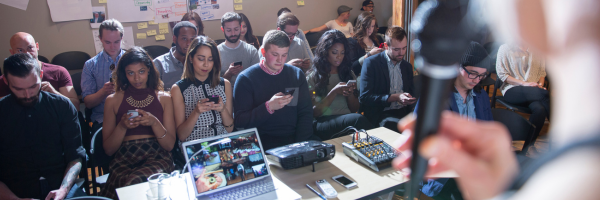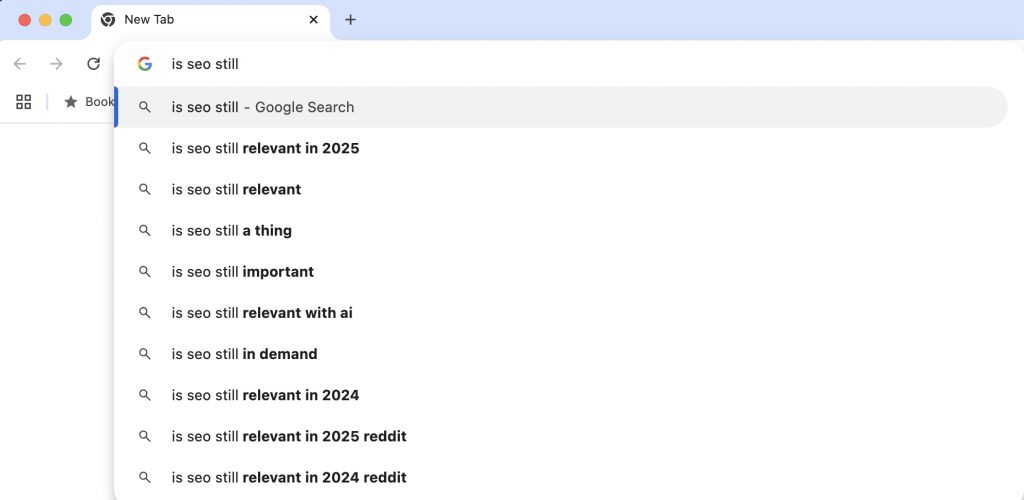Getting coverage in PR’s new playing field
After decades in PR, I’ve seen the media landscape shift more times than I can count—but what we’re witnessing now feels like a fundamental rewrite. Newsrooms are shrinking, journalists are going solo or in-house and traditional outlets are losing their monopoly on influence.
For PR professionals, this creates a challenge—and an opportunity. Media is more fragmented, faster moving and harder to track than ever. But brands now have more paths to visibility than ever before—if you know where to look.
Substacks are the new backchannel
As traditional outlets downsize, more journalists are taking their voices directly to their readers through Substack and other newsletter platforms. These aren’t just side projects—they’re fast becoming go-to sources for thought leadership, trendspotting and commentary.

Want better media relationships? Start by subscribing to their Substacks. It’s not just about showing support—it’s about staying plugged into what reporters really think, not just what makes it into headlines. Plus, if you want them to care about your story later, it helps if you’ve been paying attention to theirs.
Here are a few must-subscribe Substacks from former journalists:
- After School by Case Lewis – Gen Z trends, youth culture and consumer behavior from a former editor at Teen Vogue, MTV and New York Magazine
- Exponential View by Azeem Azhar – In-depth analysis on how accelerating technologies like AI, climate tech and geopolitics are reshaping business, society and the global economy from a former correspondent for The Guardian and The Economist
- Culture Study by Anne Helen Petersen – Work culture, burnout and modern life from a former BuzzFeed editor
- Big Technology by Alex Kantrowitz – Sharp reporting on Silicon Valley and digital power
- Platformer by Casey Newton – Deep dives on tech policy, social media and the attention economy
- Newcomer – the inner workings of the startup industry, including VC funding, from a former Bloomberg tech reporter
Pitching these platforms requires a new touch. These writers aren’t filing to meet a deadline—they’re publishing because they care deeply about their niche. You need to show relevance and offer real value.
Niche newsletters can open big doors
Curated outlets from major media brands are thriving too. Newsletters like HR Brew, Fortune’s Term Sheet, Axios Pro, Bloomberg Hyperdrive, CHRO Daily by Fortune and CMO Today are carving out loyal audiences in specific industries—and their editorial teams are hungry for smart, timely content. Offering a sharp point of view, a compelling quote or proprietary data are key to breaking through and getting in front of highly tailored audiences.
What makes them powerful:
- Targeted reach to decision-makers in HR, healthcare, marketing, retail, tech and finance
- Quick-hit formats that make space for tips, stats, thought leadership and news
- Tight editorial teams looking for original voices and ideas
Brands are the new newsrooms
Reporters aren’t just leaving newsrooms for Substack—they’re joining brands and building high-quality, brand-owned media platforms with a newsroom approach.
Robinhood Snacks, a daily financial newsletter and podcast, has a significant following. Built by former financial reporters, the newsletter boasts 40 million subscribers and the podcast has seen millions of downloads. It’s even using Snapchat to bring Snacks’ brand of highly digestible and engaging financial content to a mobile-first audience.
But it’s not just consumer brands, it’s enterprise too as blogs morph into robust content generating newsrooms:
- Microsoft WorkLab – Deep dives on the future of work, backed by research
- Salesforce 360 Blog – Product meets perspective, with strong editorial framing
- Dropbox Work in Progress – Essays on productivity and work culture
- Google Keyword Blog – Blends company news with accessible journalism
Ron Miller joined boldstart ventures as their first editorial director after spending a decade as an enterprise reporter for TechCrunch. You can subscribe to his FastForward newsletter here, offering enterprise insights and trends at the intersection of Global 2000 CIOs, CISOs, IT executives and enterprise founders.
But Ron’s role goes beyond publishing—he’s also helping boldstart ventures expand its in-person presence. Through in-person events and dinners focused on trends like AI and cybersecurity, Miller is creating direct connections between Global 2000 IT executives and emerging enterprise founders.
Even legacy media is adapting
We’re watching the shift happen in real time. Just this month, Fast Company launched a new contributor program designed to partner with independent writers and Substack creators—and pay them. Contributors keep the rights to their work and are encouraged to promote their own paid newsletters alongside their Fast Company bylines—a huge departure from traditional media norms.
At the same time, New York magazine announced plans to begin publishing on Substack, signaling a broader embrace of creator-driven platforms by legacy outlets.
Its further evidence legacy outlets are finally adapting to creator-led storytelling, blurring the lines between journalist, creator and strategic communicator. And at the same time creating new ways for brands and publishers to co-create influence.
So, what next?
Reporters haven’t disappeared—they’ve relocated to Substacks, podcasts, brand newsrooms and even PR agencies. In fact, many are now in-house at PR agencies and can partner with you to craft smarter, more strategic content. Bospar’s content team comprises award-winning journalists who have transitioned from leading publications such as Fast Company, Wired, Forbes, TechCrunch and The Wall Street Journal.
This depth of newsroom experience allows Bospar to craft editorial-quality content that resonates with both media professionals and target audiences.
Because today’s brands can’t just feed the media machine; they need to build their own.
In a world where everyone is a publisher, the brands that create and control the narrative will lead. The rest will be chasing it.



